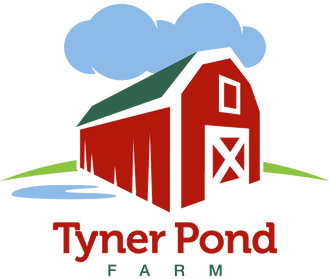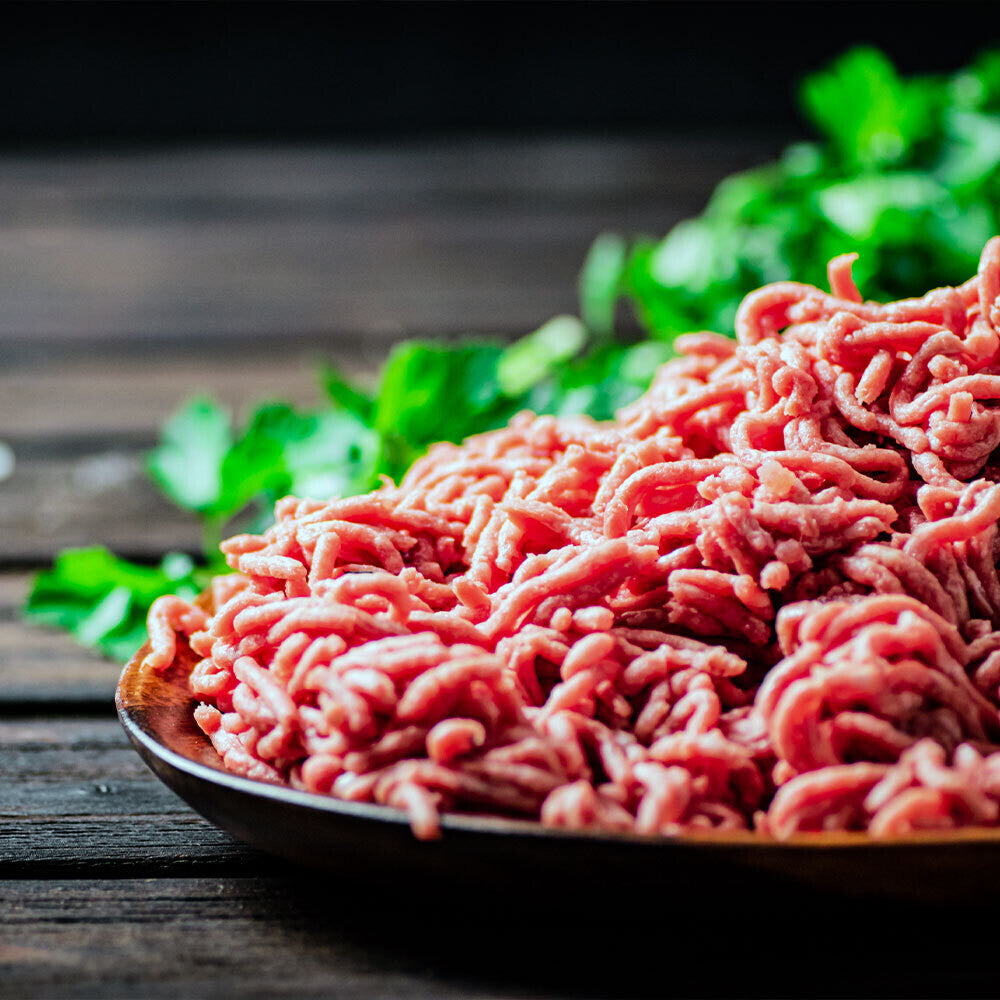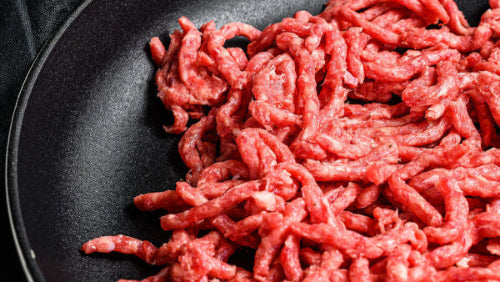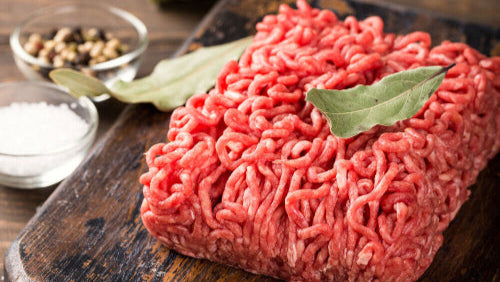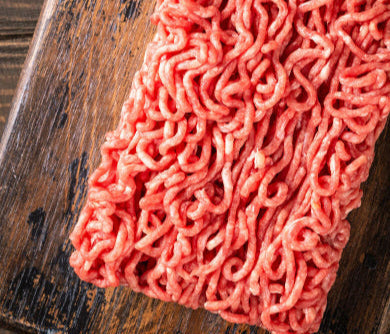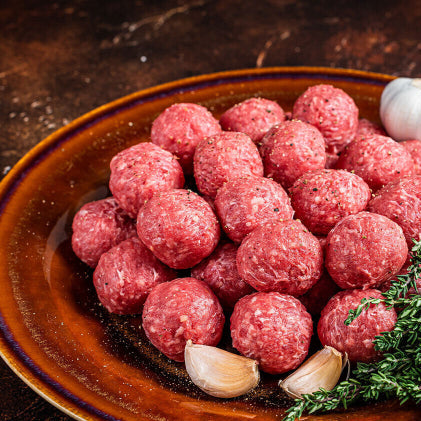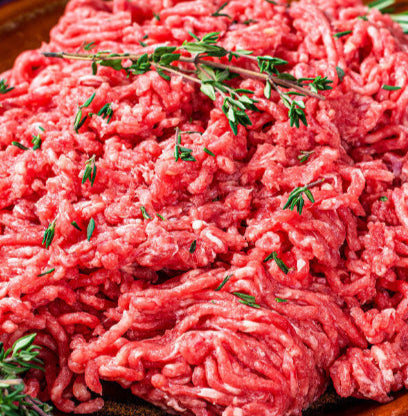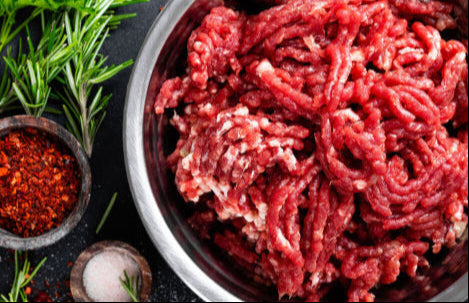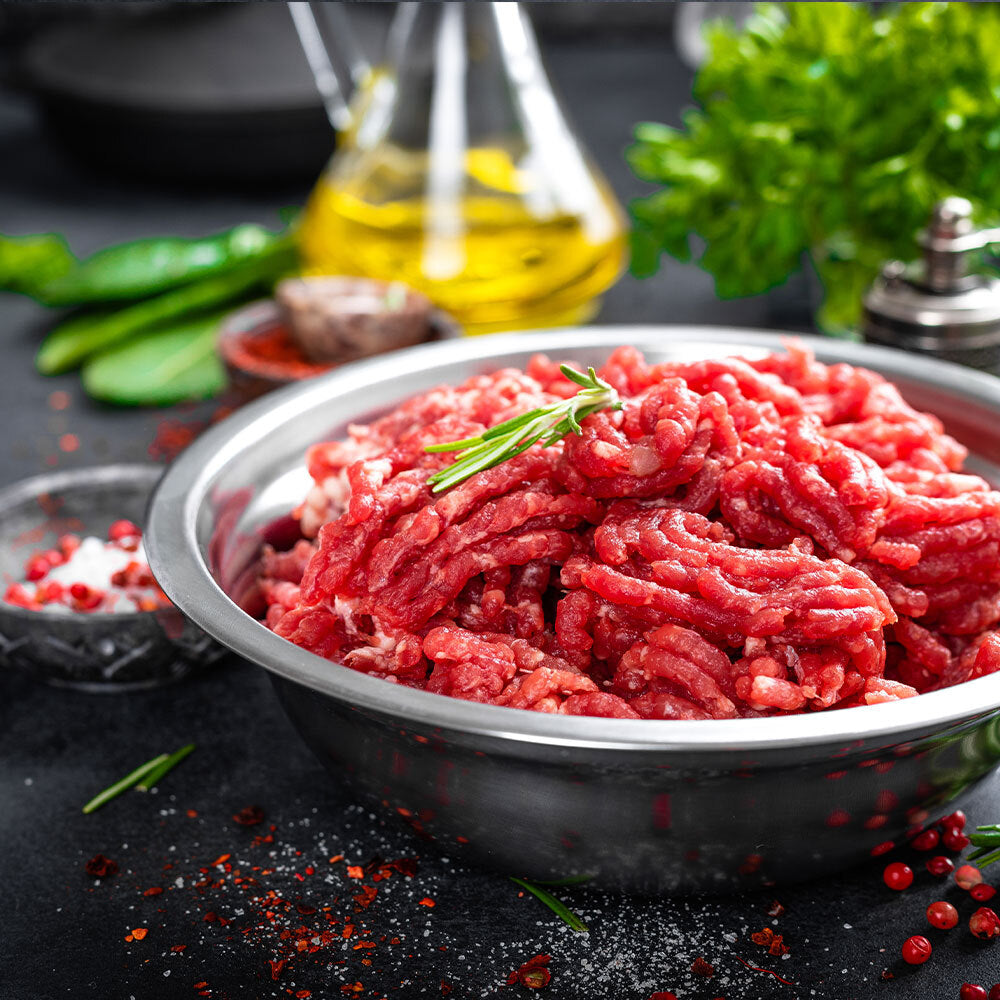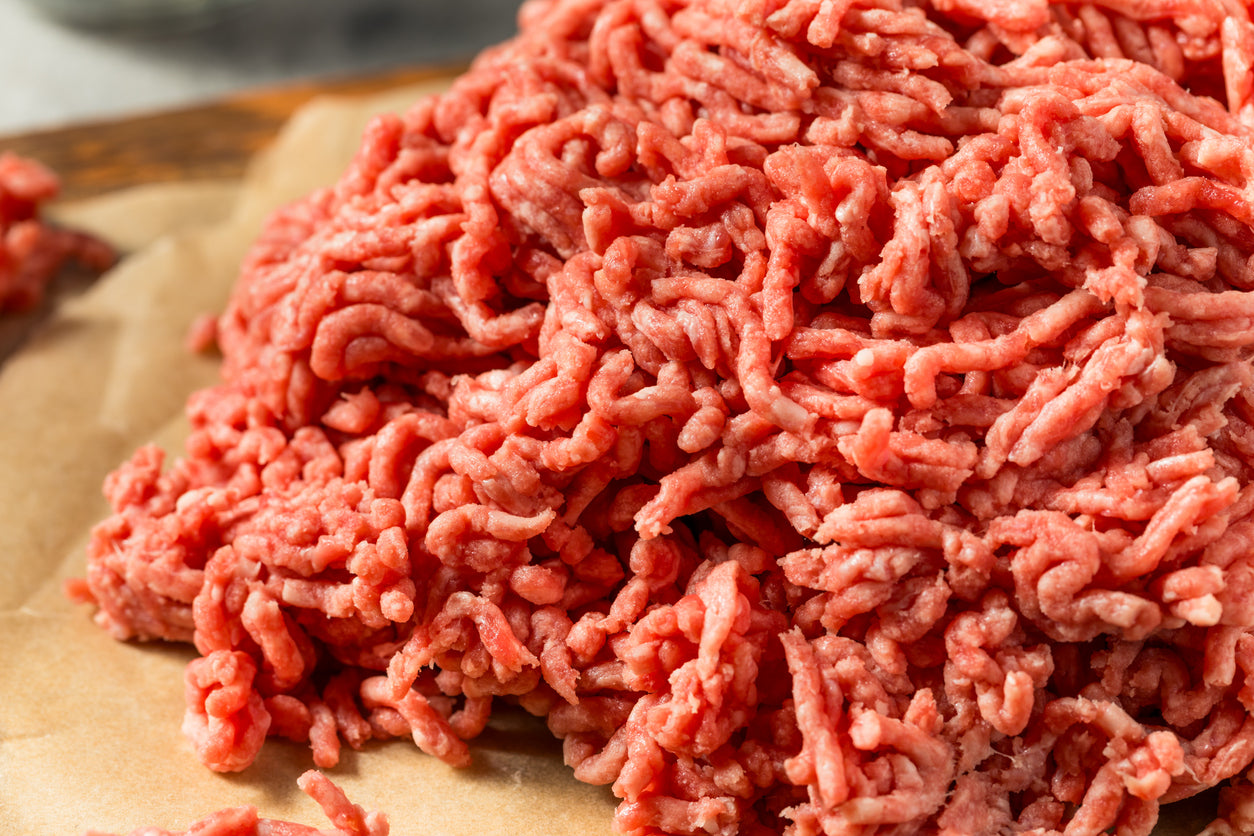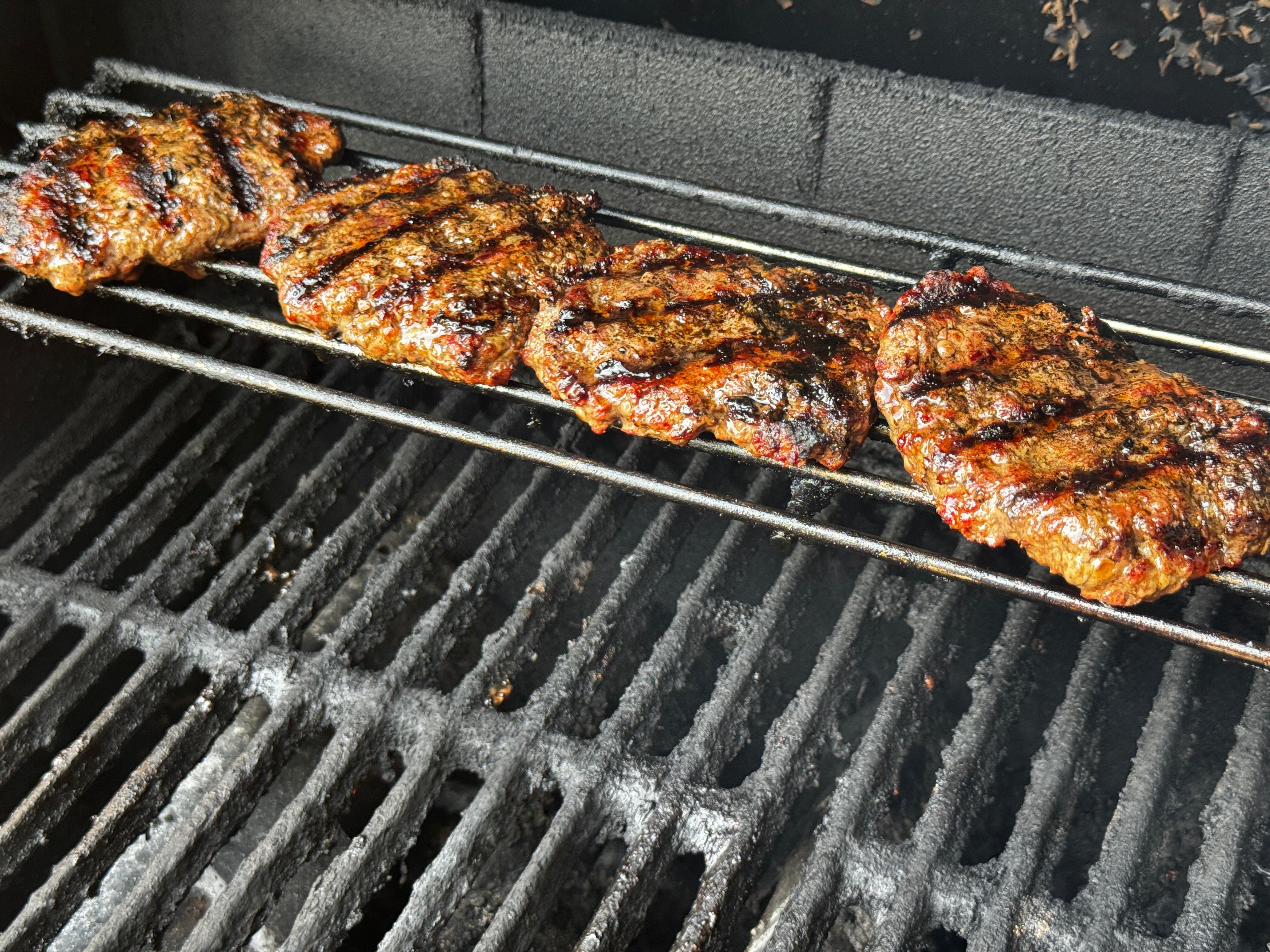
Holistic Management and Regenerative Agriculture
At Tyner Pond Farm, we’ve long believed that healthy land leads to healthy animals, which leads to healthy people. That belief is at the heart of a framework called Holistic Management.
Developed by scientist and rancher Allan Savory, Holistic Management is a way of making decisions that considers the full picture—people, animals, plants, soil, and water—together. It’s not just about running a farm. It’s about managing land in a way that improves it over time.
This approach uses simple, time-tested tools: managed grazing, rest and recovery for pastures, wildlife habitat restoration, and close attention to water cycles. These practices aren’t new, but when they’re used intentionally, they help rebuild soil, increase biodiversity, and store more carbon in the ground—something we need now more than ever.
Unlike conventional systems that often prioritize short-term production, Holistic Management keeps us focused on long-term land health. We monitor outcomes closely. If something isn’t working, we change it. That feedback loop is one of the things that makes Holistic Management effective. It's about continuous learning, not fixed routines.
At Tyner Pond Farm, we’ve adopted this mindset because we see the difference it makes. Our pastures are more diverse. Our cattle stay healthy. And the ground under our feet gets better each year. But we’re not doing this alone.
To keep growing our regenerative grassfed beef program, we also buy calves from other farmers who are working toward these same goals. This creates a path forward for more farmers to transition out of extractive systems and into regenerative ones. Every animal we raise this way represents more land managed with care.
We’re grateful for the growing community of customers who support this kind of farming. Your choice to buy local, 100% grassfed beef helps build a future that’s better for the environment, for farm families, and for rural communities. That’s the promise of Holistic Management—and it’s already happening.
